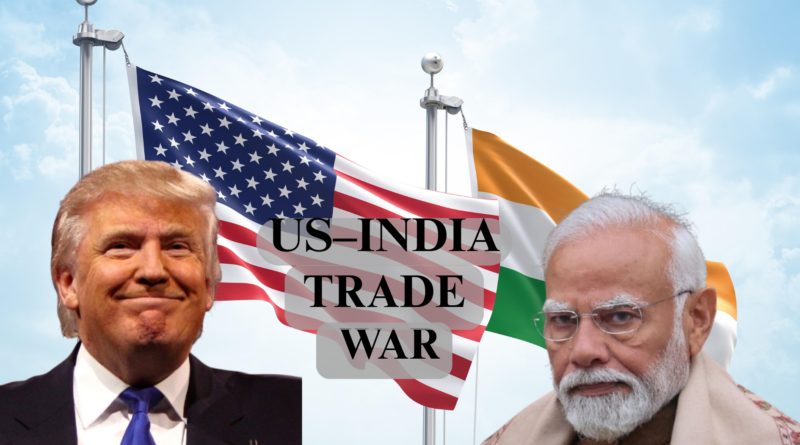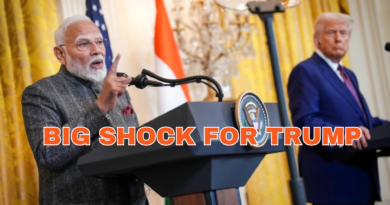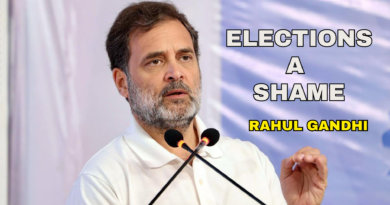IS A US–INDIA TRADE WAR ON THE HORIZON?
In a sharp escalation of trade tensions, U.S. President Donald Trump has announced that his administration is considering imposing tariffs of up to 25% on a wide range of Indian products. This follows his repeated complaints that India, despite being a strategic ally, continues to enforce disproportionately high tariffs on American exports. Trump’s statement has stirred both diplomatic and economic anxiety, potentially impacting one of the world’s fastest-growing bilateral trade relationships.
President Trump’s remarks come just weeks ahead of a scheduled visit by a U.S. trade delegation to New Delhi on August 25. The aim of this visit is to negotiate a comprehensive trade agreement that addresses long-standing concerns on both sides. While Trump’s rhetoric has often been confrontational, the upcoming discussions are seen as a critical opportunity to de-escalate tensions and chart a more balanced path forward.
At the heart of the issue are tariffs India imposes on key U.S. goods such as motorcycles, medical devices, and agricultural products. American companies argue these barriers create an uneven playing field. Trump has previously cited the example of Harley-Davidson motorcycles facing heavy import duties in India, calling it a symbol of unfair trade practices. Meanwhile, Indian officials have maintained that their tariff structure aligns with World Trade Organization (WTO) rules and serves to protect domestic industries.
This looming tariff war is not without precedent. In 2019, the Trump administration removed India from the Generalized System of Preferences (GSP), a program that allowed duty-free access to certain Indian goods. India retaliated by imposing tariffs on U.S. products such as almonds and apples. The current standoff seems to echo that episode, although this time the stakes appear significantly higher given the scale and scope of Trump’s proposed tariffs.
Indian trade experts warn that retaliatory tariffs could damage key export sectors such as textiles, pharmaceuticals, and information technology services, which rely heavily on access to U.S. markets. On the flip side, American exporters, especially in agriculture and industrial goods, could face new barriers if India chooses to reciprocate. Both economies, still recovering from the global post-pandemic slowdown, could suffer if a full-blown trade conflict erupts.
There’s also a broader geopolitical dimension to the spat. India and the U.S. have strengthened defense and strategic cooperation in recent years, partly in response to the rise of China. Analysts fear that trade friction could spill over into these areas, complicating joint efforts on security, technology sharing, and regional stability. Maintaining a healthy trade relationship is seen as crucial to preserving the overall strength of the partnership.
Business communities on both sides are urging restraint. Indian industry leaders have called for a pragmatic resolution that avoids protectionist escalations. U.S. business lobbies, particularly in the agriculture and tech sectors, are pressing the Biden administration to approach India with flexibility and long-term vision. Many hope the August 25 talks will produce a roadmap that balances national interests with the broader imperative of economic cooperation.
While President Trump’s tariff threat has certainly rattled markets and policymakers alike, the upcoming negotiations offer a chance for course correction. If both nations can set aside short-term political pressure and focus on mutual gains, they may not only avert a trade war but also unlock new areas of collaboration. The world will be watching closely as these two democratic powerhouses attempt to navigate their differences in pursuit of a stronger bilateral future.




